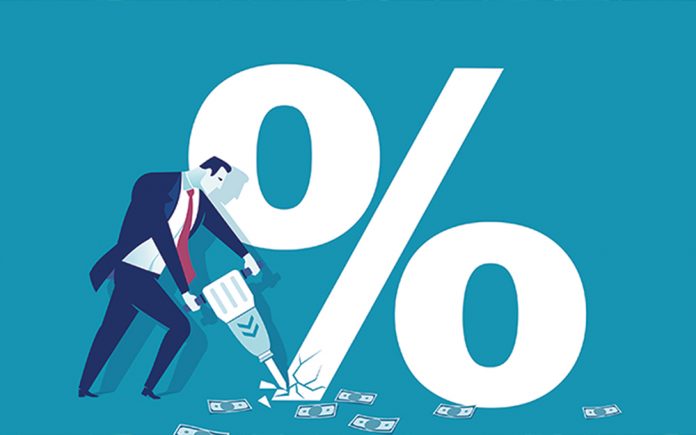
By Haddon Libby
To most of us, low interest rates are a great thing. We can afford to buy a bigger house, better car or more promising tomorrow with a student or business loan. For those who took on debt due to the pandemic lockdown, lower interest payments may mean the difference between survival and bankruptcy.
While most of us never think about it, low interest rates can cause negative things as well. The biggest that most of us notice first is an increase in the price of things. When rates are as low as we have at present, asset bubbles develop as investors search for returns.
Interest rates at present are the lowest in the history of mankind. Rates are so low that some investors PAY to hold certain issuances. As an example, the German equivalent to our 10 year U.S. Treasury pays a negative 0.5% whereas ours pay 0.7%. If you bought a German 10-year bond for $100 today, you would get back about $95 in ten years.
Retirees and those nearing retirement are hurt by low interest rates. As people age, the importance of low/no risk investments grows as these folks do not have the time or ability to or earn back significant declines in the value of their investments. As bank certificate of deposits and U.S. Treasuries pay essentially nothing, many older Americans who would keep a significant portion of their funds in these investments are taking on riskier investments. In many cases, these investors take on risks that are more significant than they can understand or afford if something goes wrong.
This ‘stretch for yield’ occurs when rates get low enough that investors opt for higher-yielding investment options than they might normally hold. Examples of potentially bad investment ideas that attract yield-hungry investors includes many annuities, low or unrated bonds that pay high yields, private Real Estate Investment Trusts, private mortgage loans and oil partnerships.
When investing in publicly-traded stocks, there is a tendency amongst those looking for stable income to focus on dividends as these types of stocks can be nice component of a portfolio built for stable income. This thoughtful strategy can go askew if there is an over-focus on industries that pay the best dividends without concern for the financial health of the company.
This search for better yields is necessitated by inflation. If an investment that you own returns less than the rate of inflation, you lose buying power. When you lose buying power, you can afford less and less over time.
Where low interest rates hurt some, it is a boon for those with debt. At present, a 15 year fixed rate home loan is about 2.5% while a 30 year is 3.25%. By refinancing and moving from a 30 year loan to a 20 or 15 year loan, a homeowner can save enough to avoid years of mortgage payments and the related interest costs. If invested instead of spent, these folks have a much brighter future tomorrow than they due today because of low rates.
Federal Reserve Chairman Powell has stated that they will keep interest rates low for a very long time. They will also support the financial markets as much as necessary in order to maintain smooth and orderly markets. To date, the Federal Reserve has supported markets by more than $5 trillion and stated that their support is ‘unlimited’. This has created an environment where large companies have been able to issue historically large amounts of debt in order to survive the shutdown and loss of revenues while homeowners have yet another chance to refinance at historically low rates.
The actions of the Federal Reserve have most certainly helped the United States avoid a major depression and kept tens of millions employed.
Haddon Libby is the Founder and Managing Partner of Winslow Drake Investment Management. Please visit www.WinslowDrake.com or email Hlibby@WinslowDrake.com.










































